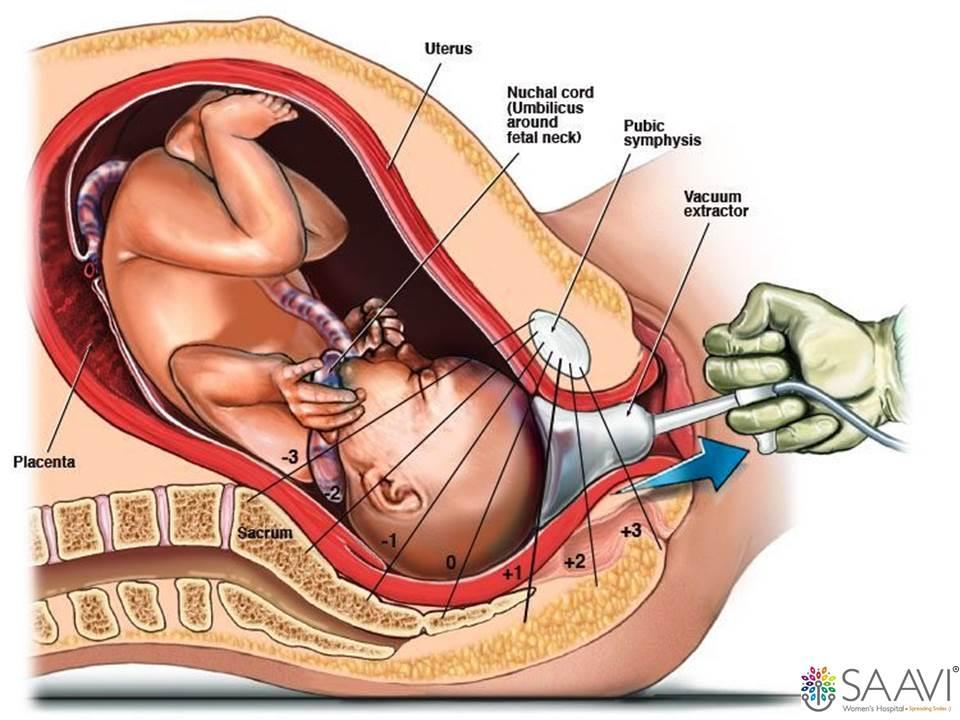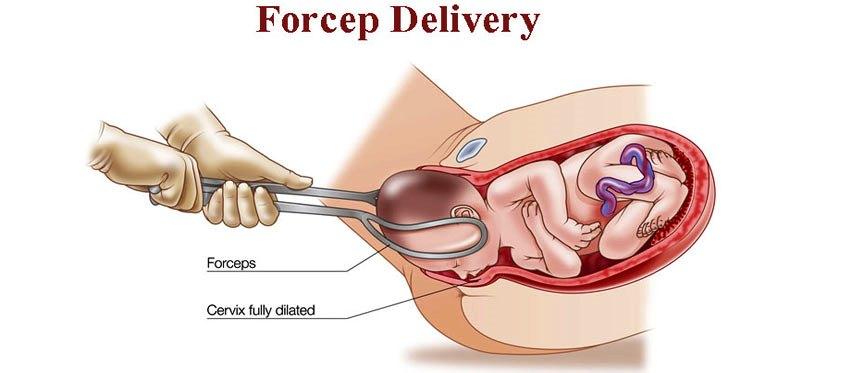- A ventouse (vacuum extractor) is an instrument that uses suction to attach a soft or hard plastic or
metal cup to your baby’s head. The obstetrician will wait until you are having a contraction and
then ask you to push while he/she gently pulls to help deliver your baby. More than one pull is
often required.

A ventouse (vacuum) delivery

